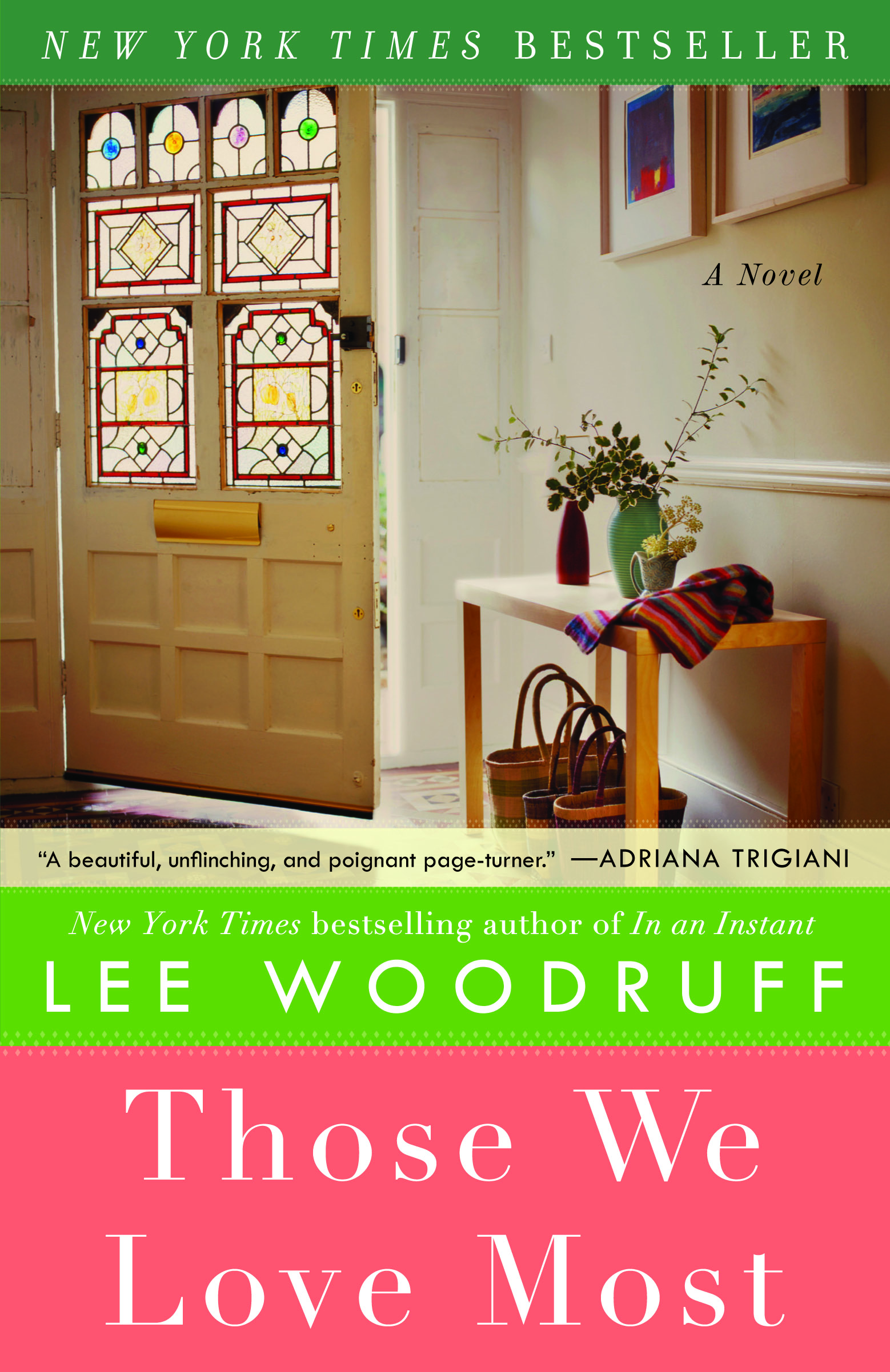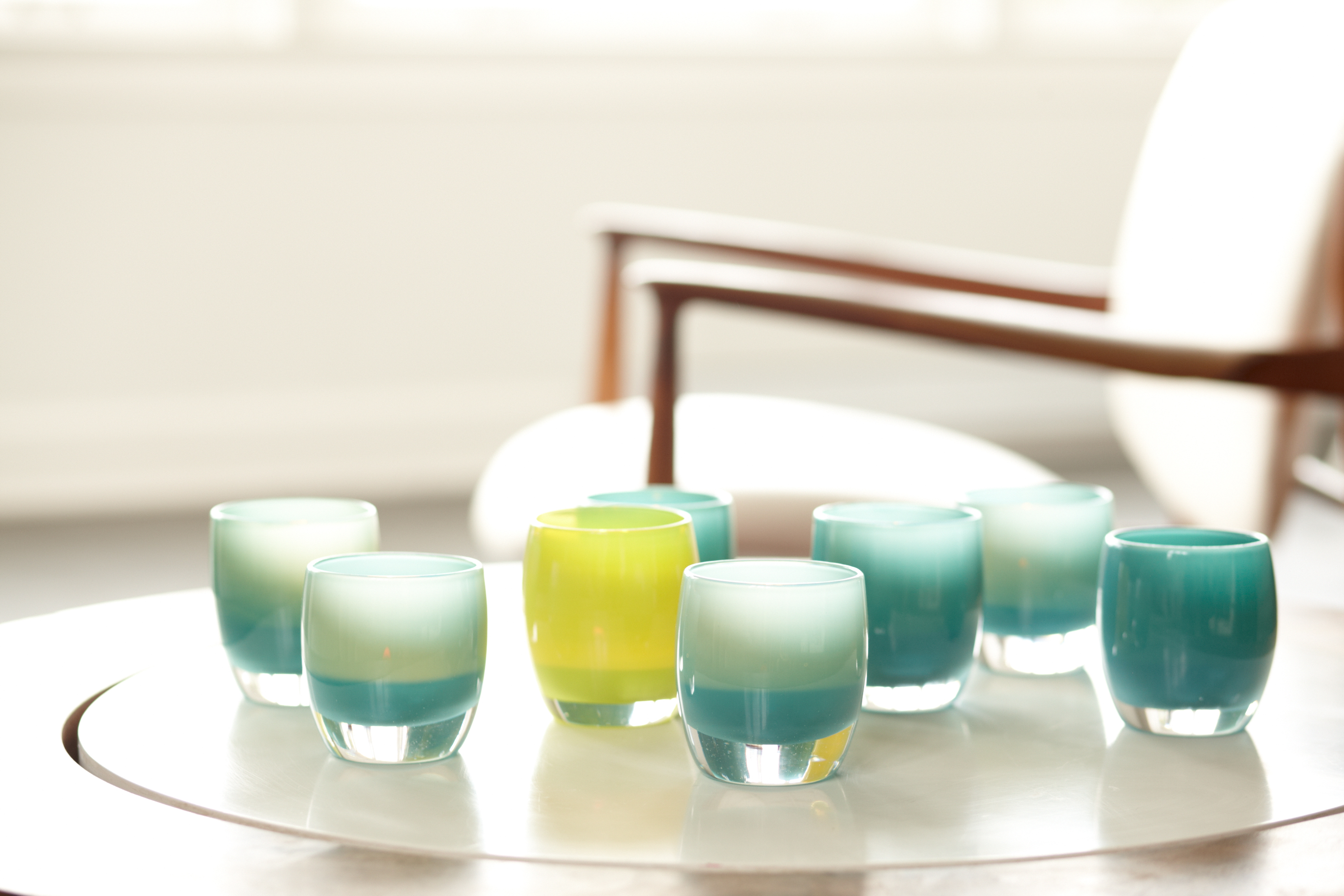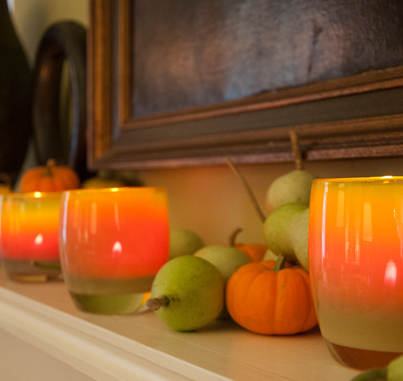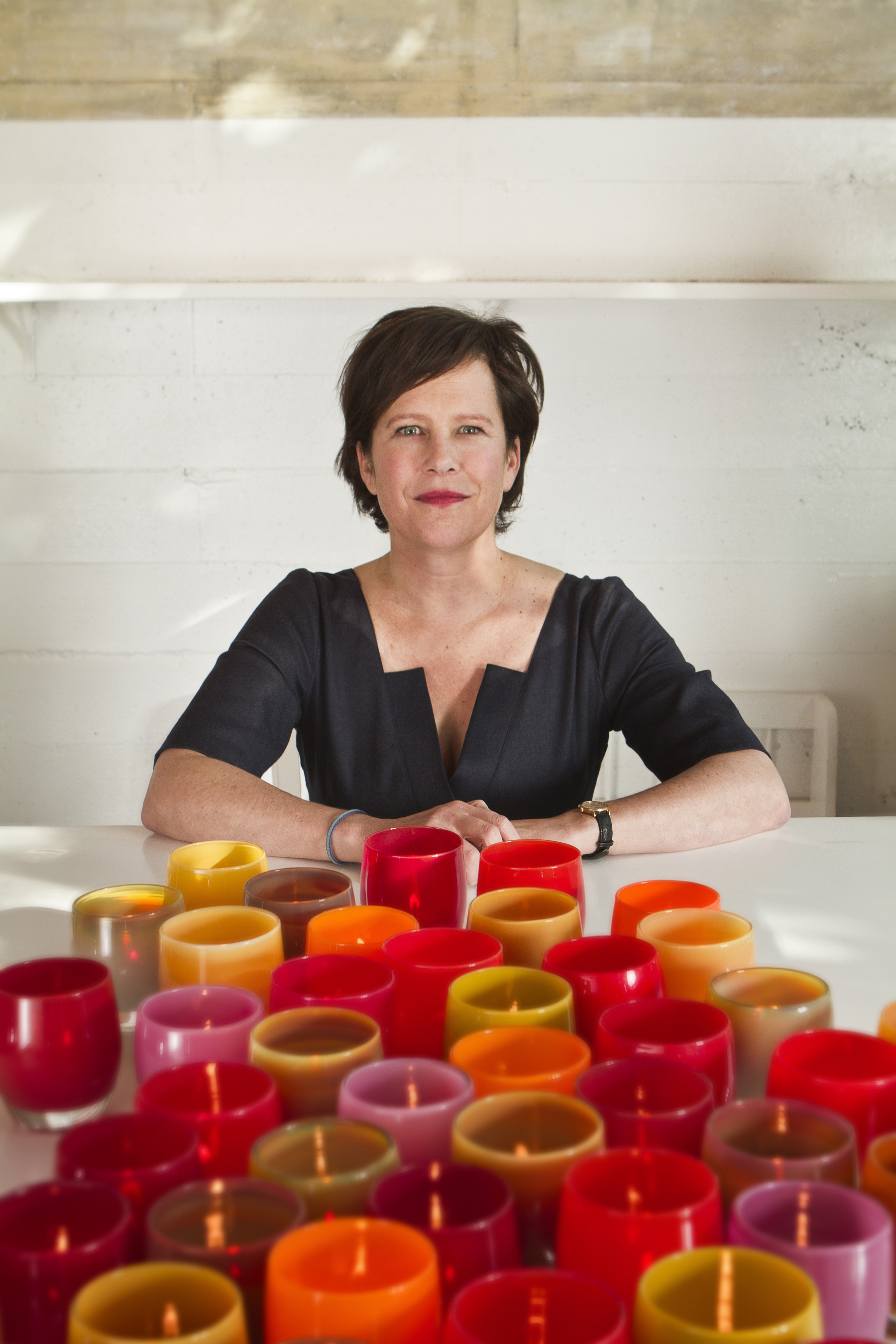A WARRIOR MOM
“When you become a parent, you might as well just open a vein.” I’ve long forgotten who said that to me, but as a mother, I immediately understood. Parenthood abruptly catapults one into the realization of how many ways you can fail at protecting your child from life’s randomness. Before you, at all times, one hundred little heartbreaks lie in wait.

This is why military families have my deepest respect. When a son or daughter enlists, they pledge themselves to defend and serve this country. And when that child is deployed to an area of conflict, a parent serves too, uttering a daily prayer, while braced for the possibility that a phone call could rip through their life like a bullet.
When the phone rang on May 11, 2005, Diana Mankin Phelps’s first thoughts were “No, Lord why? I’ve got to get to my child!”
A half a world away in Iraq, her son Cpl. Aaron P. Mankin, was serving as a combat correspondent in the United States Marine Corps. He was filming from the top of a 26-ton Amphibious Assault Vehicle, carrying 17 other marines, when it rolled over an IED buried in the dirt road. As the bomb exploded, they were thrown ten feet in the air, crashing down in a ball of fire. All of the men were injured and six did not survive. Aaron was flown from the field hospital to Germany and 48 hours later, arrived at Brooke Army Medical Center in San Antonio in severe respiratory distress, with burns over 25% of his body. The entire trajectory of Diana’s life and her family’s was forever changed with one phone call.
As Diana’s third child, her baby, Aaron had a special place in his mother’s heart. You can see it in the way they act around one another; the deference and respect with which Aaron treats her, the outright pride and devotion that plays over her face as she watches him speak from the audience, or accompanies him to warrior events, where he is often the honored guest.

Aaron can still recall his first day of school, when he began to cry at the thought of leaving home and his Mom. “She took my hand and kissed it,” he said. “Her lipstick left a stamp and she told me this way she would be with me all day.”
Almost 20 years later, Diana would make the same promise to herself and to Aaron, only this time she truly would not leave his side. At the military hospital, her new role was to witness, comfort, care and advocate for her son during the more than 60 surgeries that would follow in the ensuing years. Battling back the fear and heartbreak that could so easily consume in the wee hours of the night, she remained by Aaron’s side for the next nine months.
One thing Diana shares with so many other military parents whom I have met along the way is moxie, a determination and an ability to soldier on, to call upon resilience and rely upon blind faith when the going gets tough.
Born in Fresno, California, Diana moved to Oklahoma, where she graduated high school and then took a job in Arkansas working in the home office of Wal-mart and Sam’s Clubs, climbing the corporate ladder in a number of different professional capacities.
During those years, she began to develop health issues and was ultimately diagnosed with lupus and degenerative disc disease, precipitating a retirement in 1993. While staying by Aaron’s side during his difficult and often painful recovery, she quietly battled her own health issues and pushed down the frequent pain that accompanied her illness.

Diana’s story is that of the caregiver. She is the mother in the equation, the other side of war. Parents like her don’t wear a uniform. They don’t get a parade or a medal for their actions. Diana is one of the hundreds of thousands of loved ones on the front lines here at home, a witness to the back end of war, both the obvious, visible wounds and the hidden traumatic injuries, that can be triggered by the littlest things.Diana is one of the legions of people pushing the wheelchair or dispensing the medications, lifting up a loved ones spirits with a cheerleader-like devotion, explaining away their son’s jitters in a crowded public place or requesting restaurant seating so their warrior can feel safe with his back to the wall.
And because life doesn’t take a vacation when a loved one is injured, Diana soldiered on with her own basket of troubles. During the years she was helping Aaron to recover, she lost her own brother and sister, both of her parents and battled cancer. Yes, I said cancer. On top of her other medical issues, Diana was diagnosed with breast cancer in 2009, undergoing a mastectomy and chemotherapy in 2010.
How, one wonders, did she find the fortitude to get up some mornings, to try to understand that maybe there was a grander plan? Writing her book, “A Mother’s Side of War,” was part of her own catharsis and it fulfilled a need to try to educate about war from a parent’s perspective.
This past November 11th, as I stood at our town’s Veterans Day ceremony this year, I noticed the shocking absence of young people in the audience. Heck, there wasn’t even much of an audience to begin with.

Where were the children, I wondered? Where were the very people who would be called upon to care for those who have served and been injured, especially in the wars in Iraq and Afghanistan? Where were the 99% who benefit from the freedoms that the less than 1% uphold and fight for?
As the divide grows between the civilian and military worlds, the lack of a draft means that only a small fraction of our population will understand the definition of serving. We risk losing something as a culture that fosters that “good shiver” up the spine when the flag is unfurled, a patriotic song plays, or jets do a flyover.And can we please set aside here all of the things we’d like to fix about America? Just for a moment? It’s too easy to pick apart what’s wrong. The trick is to put our collective shoulders into fixing it.
There was something potent at work in the wake of September 11th, a palpable unification that rose up and fused us together as a land. Where is that now, I wonder? Much of that pride is still very alive and well amidst our military families. It’s a sense of mission and purpose and a belief that, despite our warts, America is still a country that stands for and tries to deliver great things, even as we sometimes stumble and fail.
Books like Diana Mankin’s memoir help us to keep the stories of our country alive. It is the story of sacrifice, of bravery and of love of country. Her story is all of our stories. It’s the story of America.
“A Mother’s Side of War” by Diana Mankin Phelps is available at amotherssideofwar.com or at your preferred online retailer.

During this season of giving let us remember those like Diana and Aaron who have given so much
For information on how you can give, visit the Bob Woodruff Foundation.
www.leewoodruff.com facebook.com/leemwoodruff twitter@LeeMWoodruff








 December 13, 2013
December 13, 2013



